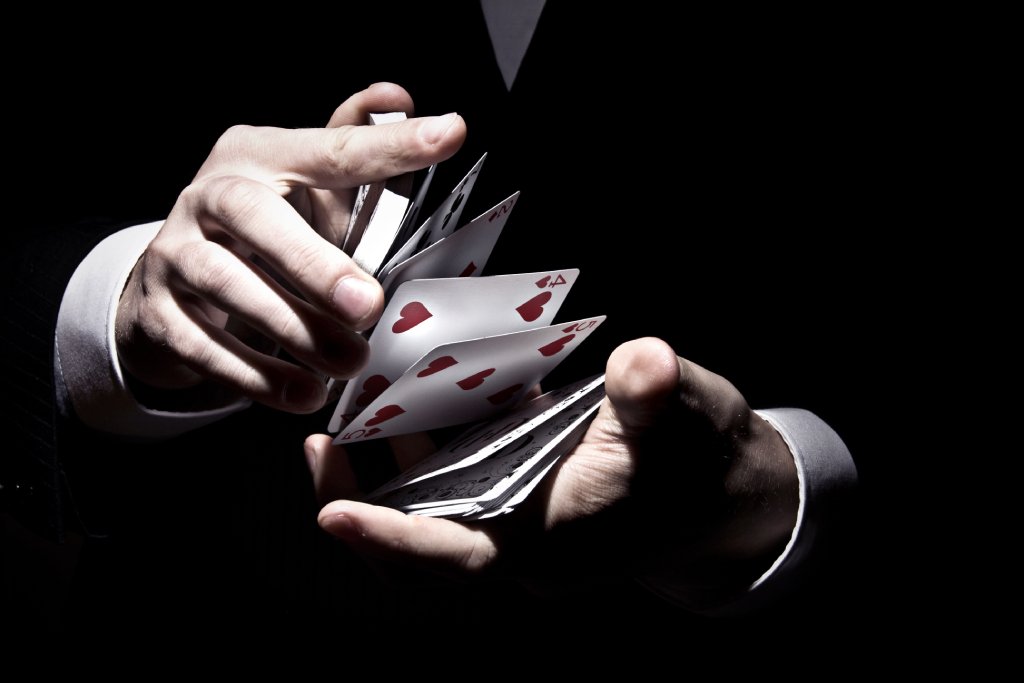War rules and game objective
In the card game War, the object is to win all of the cards. The player who does this is said to have “won the war.” It is a simple object that all ages can comprehend, making this a great game for all ages and cultures.
Card games have always been a great way to pass the time and bond with each other in different situations. A deck of cards can be brought with you anywhere in the world and is therefore very practical as well.



